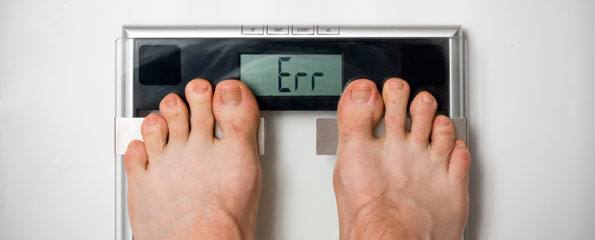Overweight pregnant mothers may cause future heart disease in their children
The walls of the body’s major artery — the aorta — are already thickened in babies born to mothers who are overweight or obese, according to a University of Sydney study published online in the Fetal and Neonatal Edition of Archives of Disease of Childhood.
The study found that, importantly, this arterial thickening, which is a sign of heart disease, is independent of the child’s weight at birth — a known risk factor for later heart disease and stroke.
The authors suggest it may explain how overweight or obese mothers may contribute to their children’s subsequent risk of heart disease and stroke in later life. They point out that up to 60 percent of women of child bearing age in developed countries are overweight or obese.
Twenty-three women, whose average age was 35, were included in the study when they were 16 weeks pregnant. A body mass index (BMI) of more than 25 kg/m2 was defined as overweight or obese, and BMI ranged from 17 to 42 among the women. The abdominal aorta, the section of the artery extending down to the belly, was scanned in each newborn within seven days of birth to find out the thickness of the internal walls—the intima and media. Thickening of this main artery is an indication of early atherosclerosis, the disease that leads to the majority of heart attacks and strokes, and is characterised by the development of plaques in the walls of the arteries.
Intima-media thickness ranged from 0.65 to 0.97 mm, and was associated with the mother’s weight. The higher a mother’s weight, the higher the baby’s intima-media thickness, irrespective of how much the baby weighed at birth. The difference in intima-media thickness between babies of overweight and normal weight mums was 0.06 mm.
According to study co-author, Dr Michael Skilton from the University’s Boden Institute of Obesity, Nutrition, Exercise and Eating Disorders, the earliest physical signs of atherosclerosis (early heart disease) are present in the abdominal aorta, and aortic intima-media thickness is considered the best non-invasive measure of structural health of the vasculature in children.
“We already know that the children of overweight or obese mothers are more likely to become overweight and obese themselves, which will potentially increase their risk of heart attack and stroke in adulthood,” he said.
“By studying newborn babies, we can potentially avoid the impact of whether or not the child becomes obese in later life.
“To our knowledge, this is the first study demonstrating that being an overweight or obese mother can itself potentially lead to poor health of the blood vessels, which is consistent with higher risk of heart disease and stroke in later life.
“Our findings suggest that overweight/obesity may have an ‘intergenerational’ effect. That is, that the children of overweight or obese mums may themselves be at higher risk in adulthood of having heart attacks and strokes, irrespective of whether or not they themselves are obese.
“We are currently looking at a much larger group of women and babies to see whether or not we can replicate these findings.
“At this stage, the broader public health awareness focus should be on the promotion of measures that will assist women of childbearing age to maintain a healthy weight. This will not only be good for the health of the mothers in the long-term, but potentially also that of their children.”
(Source: University of Sydney: Fetal and Neonatal Edition of Archives of Disease of Childhood)
More information
 | For more information on keeping your heart healthy, including information on how the heart works, the effect of cholesterol and eating for heart health, as well as some useful videos and tools, see Heart Health. |
 | For more information on obesity, health and social issues, and methods of weight loss, as well as some useful tools, see Obesity and Weight Loss. |
Dates
Created by:

 Login
Login














